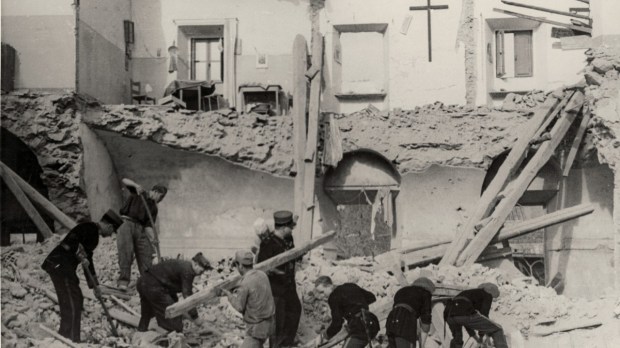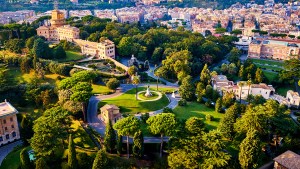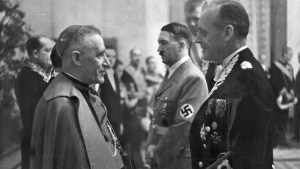January 22, 1944: Allied forces make a surprise landing at Anzio, about 30 miles (50 km) south of Rome. The Nazi armies in Italy reacted swiftly, blocking the passage to the capital by positioning their armies between the Tyrrhenian Sea and the Alban Hills.
This small volcanic massif suddenly became a strategic location, with the Anzio front to the southwest and the Monte Cassino front to the east.
Entire towns on the plain were razed to the ground by American B-17s, including Albano. Thousands of Italians living on the coastal plain sought refuge in the heights of the villages of the Alban Hills, and in particular in the small town of Castel Gandolfo, 13 miles (20 km) south of Rome.
Refugees on papal territory
Here, they sought the protection of Pope Pius XII, who welcomed them in large numbers both in the papal villa — his summer residence — and in other buildings, including one belonging to Propaganda Fide — the Vatican entity in charge of the Church’s missionary activity.
Pope Pius XII, in agreement with the supervisors of these facilities, authorized the reception of some 12,000 people in these places where extraterritoriality should, in theory, ensure a certain degree of security.
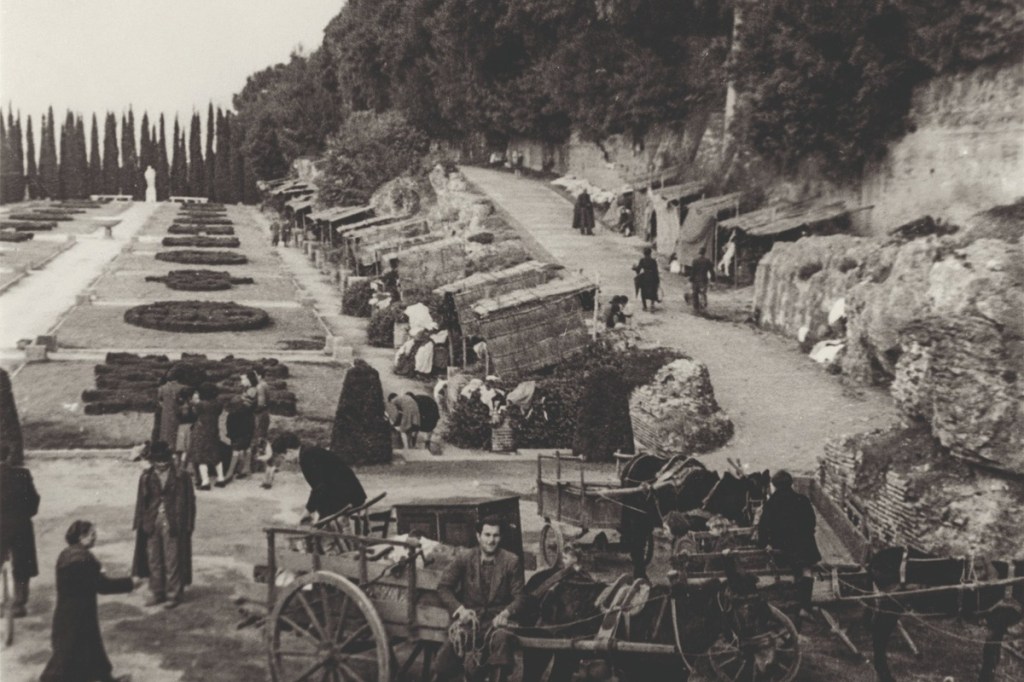
“The Pope kept a close eye on the reception of refugees,” explains Luca Carboni, archivist at the Vatican Apostolic Archives, who curated the exhibition installed in the papal villa at Castel Gandolfo. Families settled wherever they could find shelter: in palaces, in gardens, under Piranesi’s vaults… A veritable “refugee village” took shape.
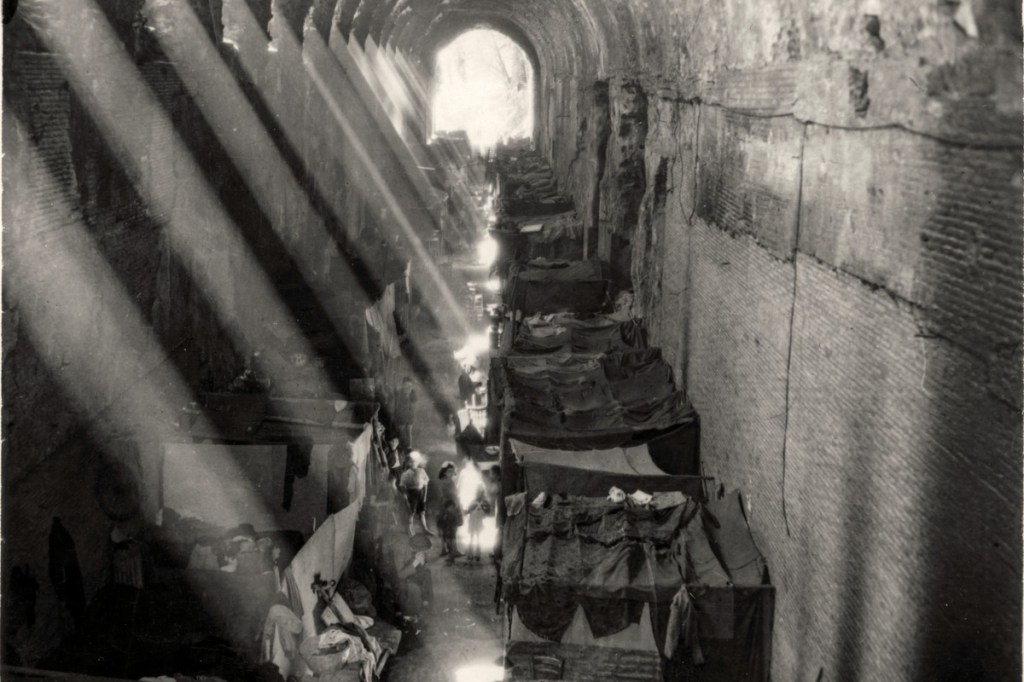
The 36 newborns in the papal chambers
But Allied bombers pounded the entire region, and sometimes even the territories of the Holy See. The worst came on February 10, 1944, when a deluge of bombs fell on the Propaganda Fide villa. The toll was terrible: over 500 dead, many of them children.
“It was a traumatic experience for the local people, who still remember their dead today,” says Luca Carboni. Although no soldiers were allowed to enter the papal villas, the Americans had in fact received information according to which they were “full of Nazis.” Even today, an association of victims’ families is campaigning for the act to be recognized as a war crime.
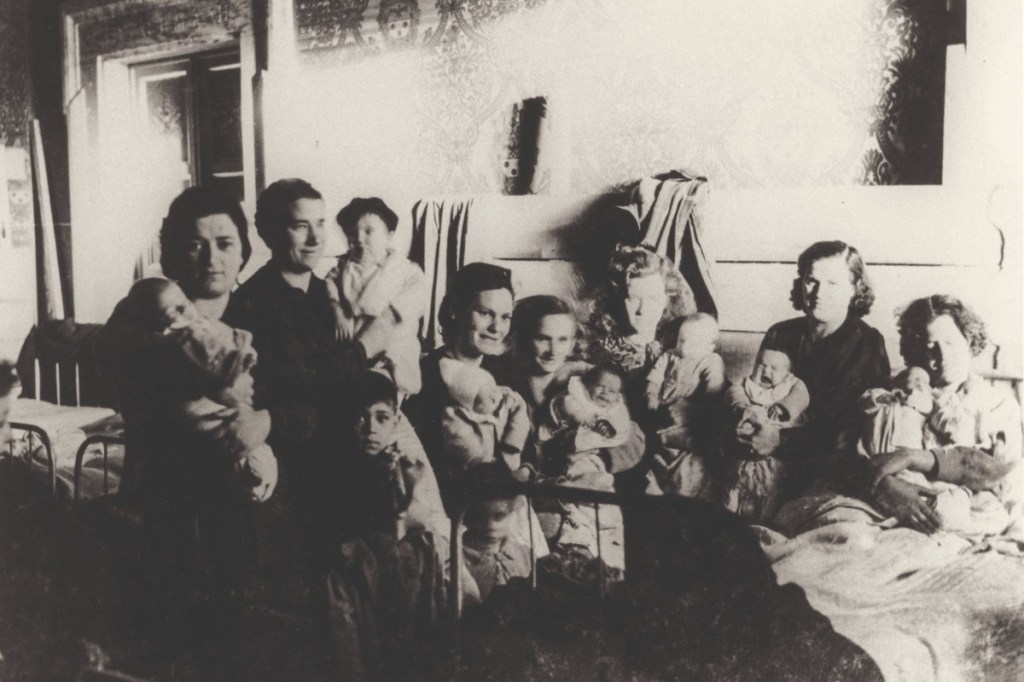
After the attack, the Pope’s teams organized themselves to help the many wounded, using certain rooms in the papal apartments to house a hospital. In the pope’s personal room, transformed into a delivery room, at least 36 children were born, many of whom took the pontiff’s name — Eugenio Pio or Pio Eugenio — in homage to Pius XII, Eugenio Pacelli.
An event that left its mark
In memory of this little-known story from 80 years ago, the Vatican Museums have gathered traces of this particularly painful episode, which had a major impact on the Pope’s attention to the plight of war refugees. A few months after the tragedy, Pius XII decided to help them by founding the Pontifical Commission for Assistance to Refugees on April 18, 1944.
Since February 10, this exhibition has been a permanent fixture on the tour of the Papal Villa at Castel Gandolfo, south of Rome.
